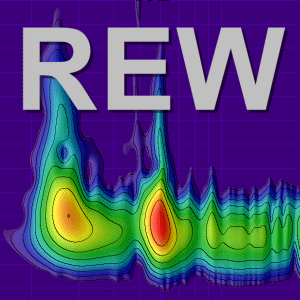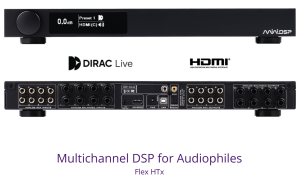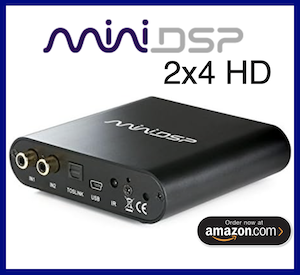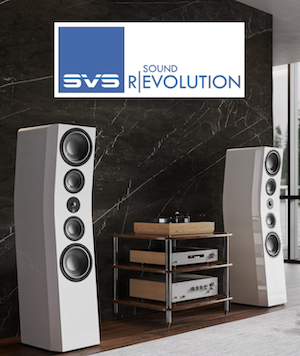What are your thoughts on the test file.
I think it's both brave (on your part) and refreshing (from my vantage point) to ask this sort of question and post a full .mdat file for others to examine and comment on.
From my perspective--which I'll admit is a bit more toward hi-fi goals than perhaps many others--I see the following areas that I comment on below--as if I were helping someone remotely dial-in their setup using REW and a DSP crossover (multi-amping to achieve one acoustic driver "way" per amplifier channel).
Note that I'm also assuming that your mixing/mastering standard is not a typical popular music standard of compressing the tracks by 4-15 dB and "limiting" (clipping) the tracks an additional 1-4 dB. Instead, I'm assuming a more reasonable goal of no additional compression used if the tracks have a crest factor of 14-16 dB and no limiting used at all, which in my experience is always audible and causes listening fatigue in any amount.
You didn't mention how far the microphone was from the front baffle of the loudspeaker, so I'll assume it was about 1m, which is my personal preference for these sort of measurements.
SPL response:
Your transfer function plot, i.e., SPL and phase, shows a characteristic of slightly lower SPL from ~350 Hz to 4.3 kHz, which is about 1.5 dB low, making your SPL plot look a little bit "smiley face". If you're correcting your loudspeakers using DSP and if your goal is mixing/mastering, I'd push that midrange/lower treble range up by approximately that amount relative to the two other ends of the spectrum--else the results of your work will reflect what you hear in your studio.
Phase response:
As is typical for passive crossover loudspeakers, the excess phase growth exceeds 3100 degrees across the audible band, which REW cannot plot due to the extreme limits of the phase data. That's really audible even if your loudspeaker doesn't do a very good job of directivity control (especially when considering that you listening distance of ~4 feet, which minimizes room boundary reflections, even for cone and dome-type drivers). Here is a phase plot of a loudspeaker that I helped dial-in recently using only IIR (regular) filters in a DSP crossover (no FIR filters used):
That large amount of phase growth (i.e., anything over 360 degrees across the audible band) is audible as added harshness, fuzzy or woolly bass and a very flat and uninteresting/disengaging overall presentation.
Group delay:
Similar to the phase plot growth, group delay itself is audible, and is a function of instantaneous rate of change in phase response plot (the first derivative of the phase curve). Below you will see your loudspeaker measurement group delay plot. Basically, anything above 1 ms of group delay (vertical axis) in the 500-6000 Hz range is audible:
Excess group delay above the above-mentioned threshold audibility values affects the reproduction of impulsive sounds like castanets and high hats. As a comparison to the above, here is a plot of group delay/excess group delay of a loudspeaker in my listening room:
There are more areas that can be discussed and shown (step response, reverberation times, harmonic distortion) but in general, I've found that those loudspeaker/room capabilities pale by comparison to the above characteristics.
JMTC. Note that the above is only offered as an example of the type of performance that I'm accustomed to when helping to dial-in loudspeakers (DSP crossover, multiamping) of other users on other forums and in my listening room--not examples of impossible or unattainable performance levels. I've found that all the characteristics that I've highlighted are quite audible in high quality hi-fi systems--and something that I would hope that anyone doing mixing or mastering would also attain in their setups such that their music track output quality is in the ballpark of what I can hear. Otherwise, we have the situation that exists for lower quality studio monitors like the (in)famous Yamaha NS-10M Studio and the Auratone 5c mixed/mastered tracks--which have noted systemic issues.
Chris














